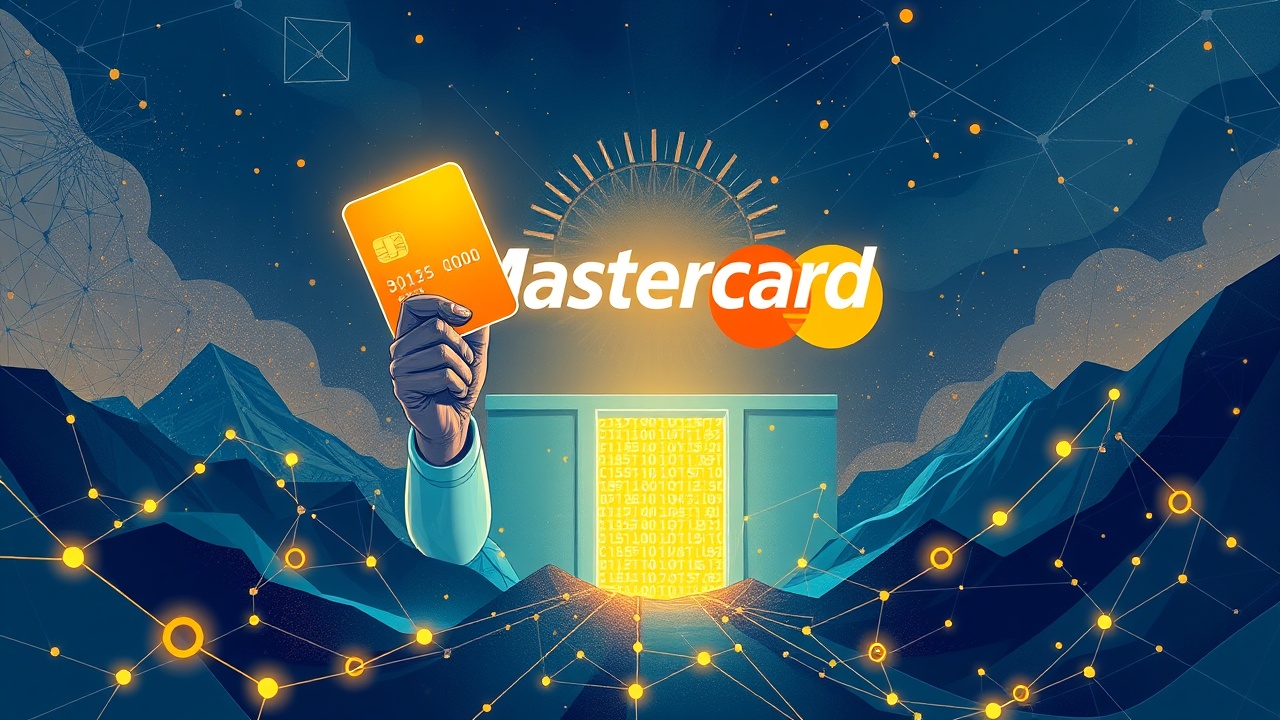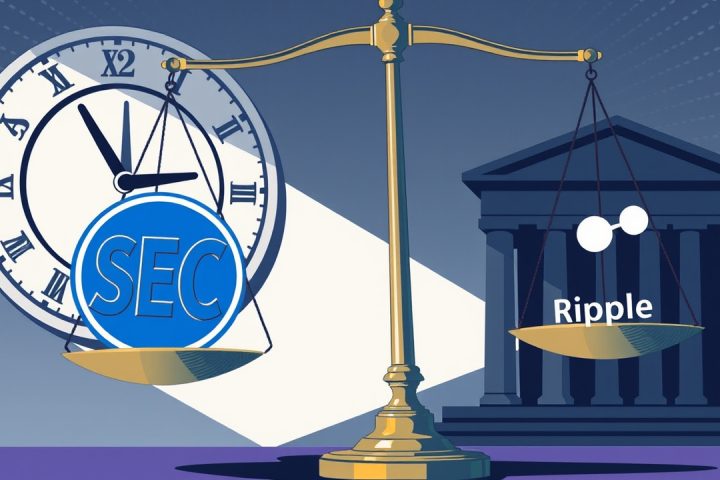Kima Joins Mastercard Sandbox Program
Kima, a decentralized settlement protocol, has officially joined the Mastercard sandbox program, which facilitates the topping up of prepaid cards using stablecoins directly sourced from self-custody wallets. This new development was revealed in a statement shared with Cointelegraph, signifying that Mastercard’s affiliates can now utilize Kima’s robust settlement framework to replenish prepaid cards with various stablecoins such as USDC and Tether’s USDt across over ten different blockchain networks.
CEO Eitan Katz on Stablecoins
The CEO of Kima, Eitan Katz, emphasized that this integration underlines the practicality of using stablecoins for daily transactions, asserting that it could significantly streamline the crypto-to-fiat exchange process by reducing reliance on intermediaries.
“At Kima, our mission is to break down barriers that separate digital assets from traditional financial systems,” Katz explained.
Katz further illustrated that Kima’s settlement system is designed to be adaptable, permitting simplified payments across various ecosystems. It is structured to function with public blockchains, private ledgers, and conventional banking systems.
“Our asset-agnostic settlement layer aims to minimize the intricacies associated with moving value across different platforms,”
he elaborated.
Kima’s Technical Advantages
The announcement noted that Kima’s innovative infrastructure aligns with Mastercard’s broader objective to normalize the use of stablecoins in everyday financial transactions. Challenging the conventional narrative that digital assets like Bitcoin should contrast with fiat currencies, Katz expressed that both forms of money can indeed harmonize to unlock their full potential.
Expounding upon Kima’s technical advantages, Katz noted that their solution enables smooth interoperability between various blockchains, while also removing the need for intermediaries, custodians, or cumbersome smart contracts. This approach allegedly boosts security and efficiency for everyone involved in transactions.
Partnerships and Compliance
In a separate development earlier this year, the European Central Bank (ECB) listed Kima among 70 private sector partners collaborating to advance digital euro initiatives. According to Piero Cipollone, a member of the ECB’s executive board, the range and ingenuity of the plans showcase the capability of the digital euro to drive financial innovation throughout Europe.
Despite forming significant partnerships with major institutions, Katz reassured that compliance protocols would not strip users of control over their funds or personal data. He clarified that know-your-client (KYC) and Anti-Money Laundering (AML) processes are conducted by external banks and virtual asset service providers during onboarding, ensuring that Kima remains uninvolved with user data. He added that once a user is verified, each transaction comes with unchangeable metadata tags, which the protocol-level engine checks against regional regulations, including those mandated by the EU and Singapore.
Self-Custody and User Control
Finally, Katz also asserted that users maintain full control of their private keys, while still being able to comply with necessary regulations, stating,
“Institutions benefit from a straightforward control mechanism, while users experience genuine self-custody.”




